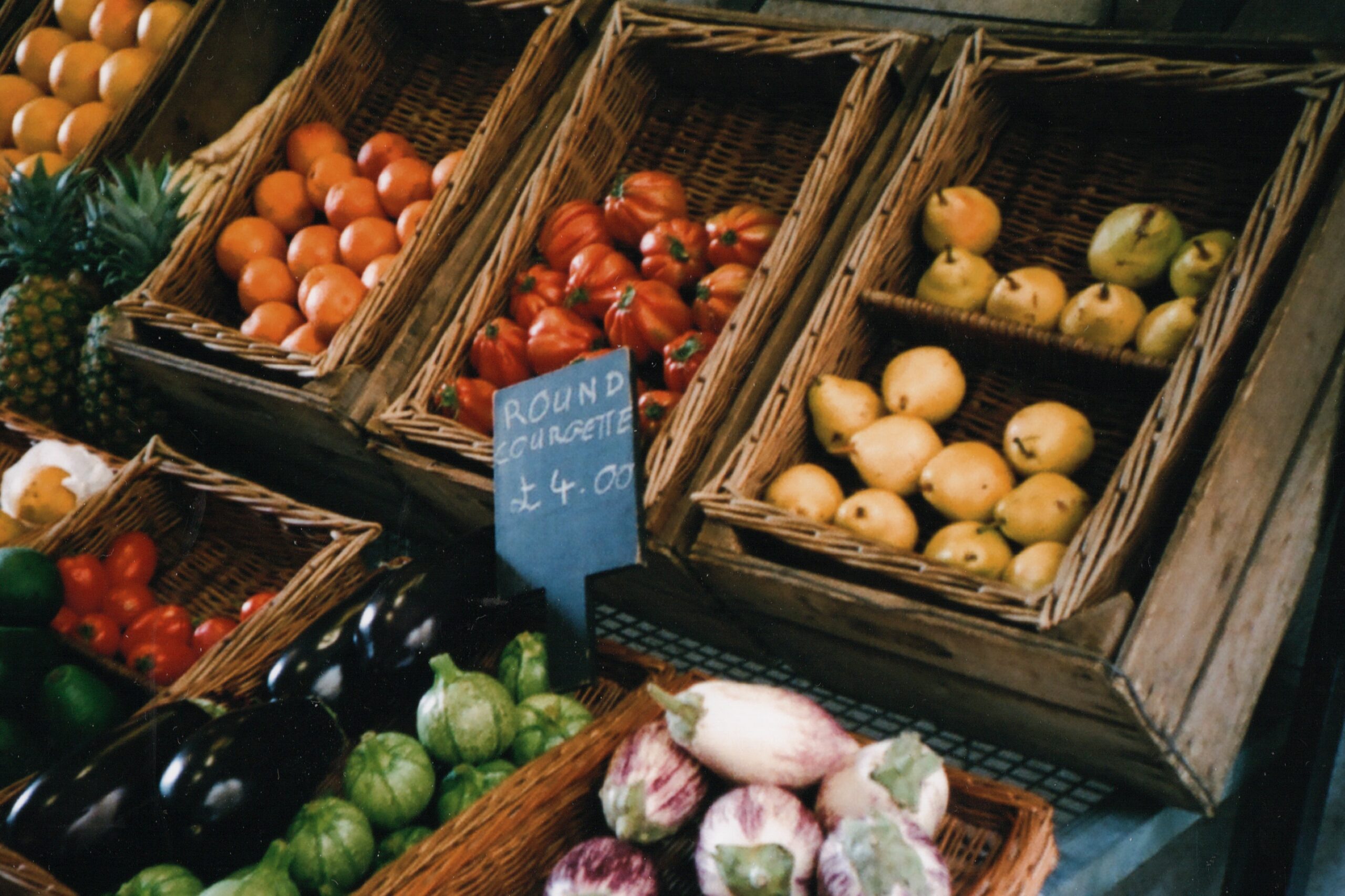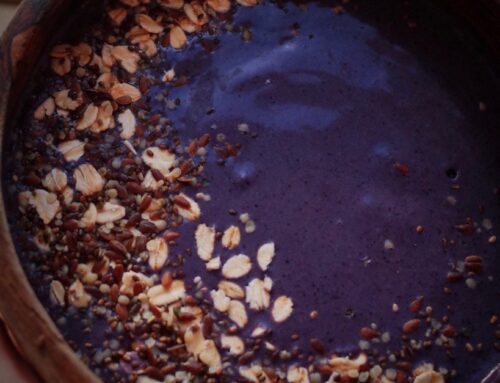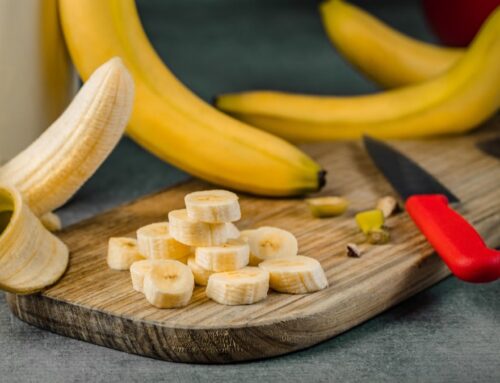The Autumn Equinox is upon us! Our days are getting shorter, our cardigans are coming out of storage, and best of all, our meals are getting heartier and even more flavorful. In this article, we’ll go over some of my favorite fall foods to incorporate in your weekly meal plans as the leaves continue to change colors. These nutrient-dense whole foods are an excellent addition to your favorite dishes and serve as a reminder that you never have to sacrifice flavor to achieve a well-balanced plate.
1. Farro:
Farro is an ancient grain, made popular by its nutty flavor and chewy texture. It originated in the fertile crescent where it was found in the tombs of Egyptian kings. Farro pairs nicely with squash, kale, and other delightful fall vegetables. It’s excellent in soups, buddha bowls, and salads. Full of fiber, protein, vitamins, minerals, and antioxidants, your body will thank you for this ancient addition to your modern meal plan.
2. Sweet Potato:
When I think of fall, there are few foods that come to mind before the sweet potato. Anyone who has enjoyed a traditional Thanksgiving dinner is no stranger to this famous root vegetable.
High in fiber, and rich in antioxidants, vitamins, and minerals, sweet potato is efficient in preventing Vitamin A deficiency and improving blood sugar regulation. This handsome tuber comes in a variety of colors such as orange, white, yellow, red, and even purple. Baked, boiled, mashed, steamed, or grilled, sweet potatoes are flavorful and nostalgic no matter how you prepare them. They pair exceptionally well with warm spices such as cinnamon, cloves, nutmeg, and cardamom.
3. Ginger
Fragrant with unmistakable flavor, ginger is a flowering plant that originates from China. The root contains most of the flavor and is most commonly used in cooking and herbal medicine whether it’s fresh, dried, powdered, or juiced. Ginger is effective in treating nausea, particularly morning sickness. It has anti-inflammatory properties and can even relieve muscle pains and menstrual cramps. Ginger makes a great addition to homemade fermented or pickled foods. It’s strong flavor packs a punch. Try ginger in stir-frys, kombucha, or even just by adding a few peeled slices to your afternoon cup of green tea.
4. Pears:
Pears are a pomaceous fruit, native to the temperate and coastal regions of the Old World. You can find them in an array of blossoming colors and shapes. Pears promote gut health and are highly nutritious and anti-inflammatory fruit. Pears are known for boosting heart health and encouraging detoxification. There are hundreds of ways to enjoy the pear, but some of my favorites are cut up in salads, adding caramelized pears to sandwiches, or even dipping some slices into almond butter. A warm cup of pear cider can turn even the chilliest morning warm, and a smear of pear jam on some toast is unforgettable.
5. Brussel Sprouts:
Brussel sprouts may get a bad rep in pop culture but don’t be fooled when prepared mindfully brussel sprouts can be incredibly flavorful. Rich in Vitamin K, and C, and high in fiber, brussel sprouts promote iron absorption and offer immune support. They’re great pan-fried, sauteed, shredded, or roasted. Brussel sprouts pair well with fruit, dijon mustard, and toasted nuts. They’re also a great source of ALA omega 3 fatty acids, which is good news for anyone trying to incorporate more Plant-Based eating habits in their life.








Leave A Comment